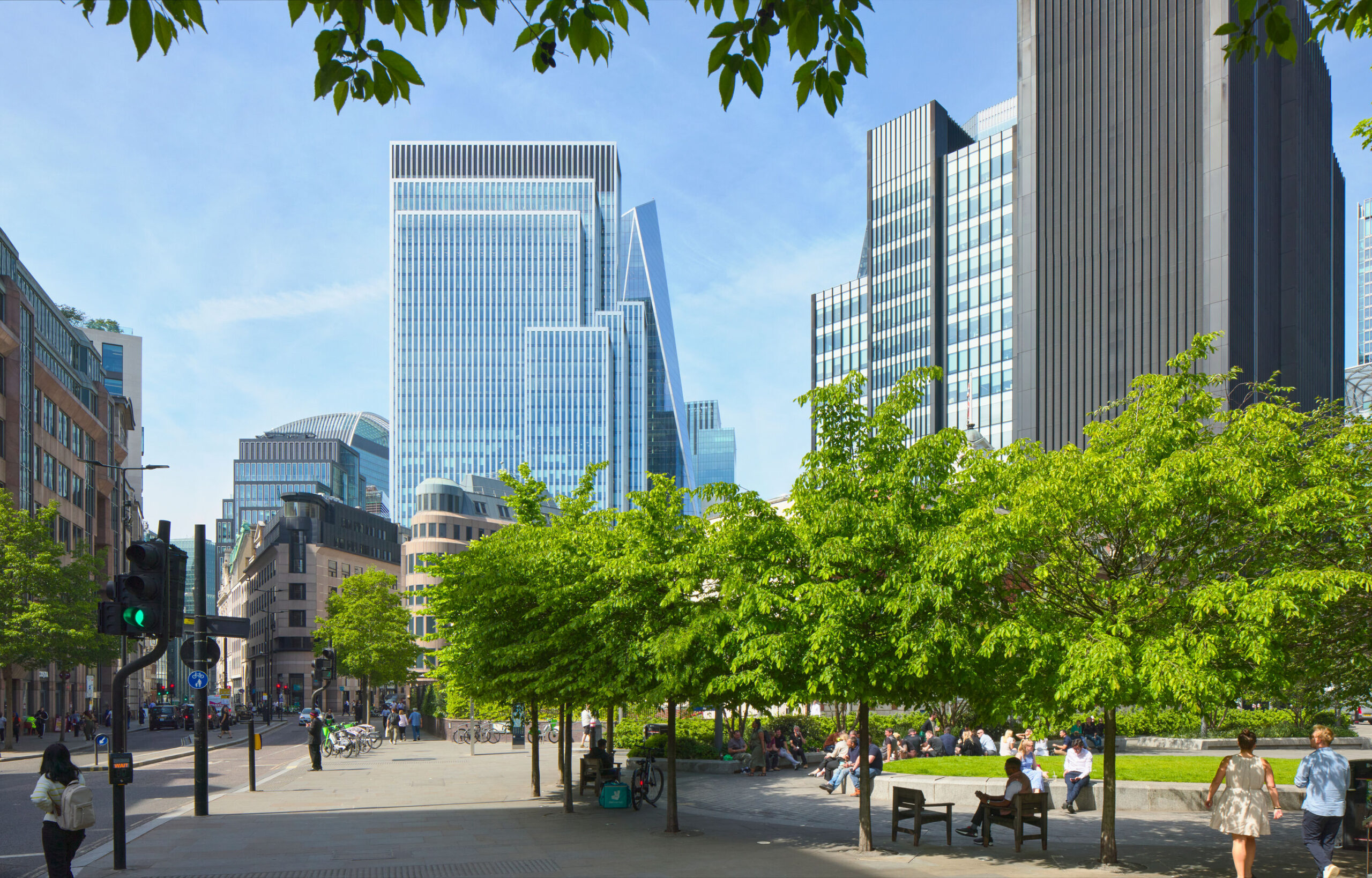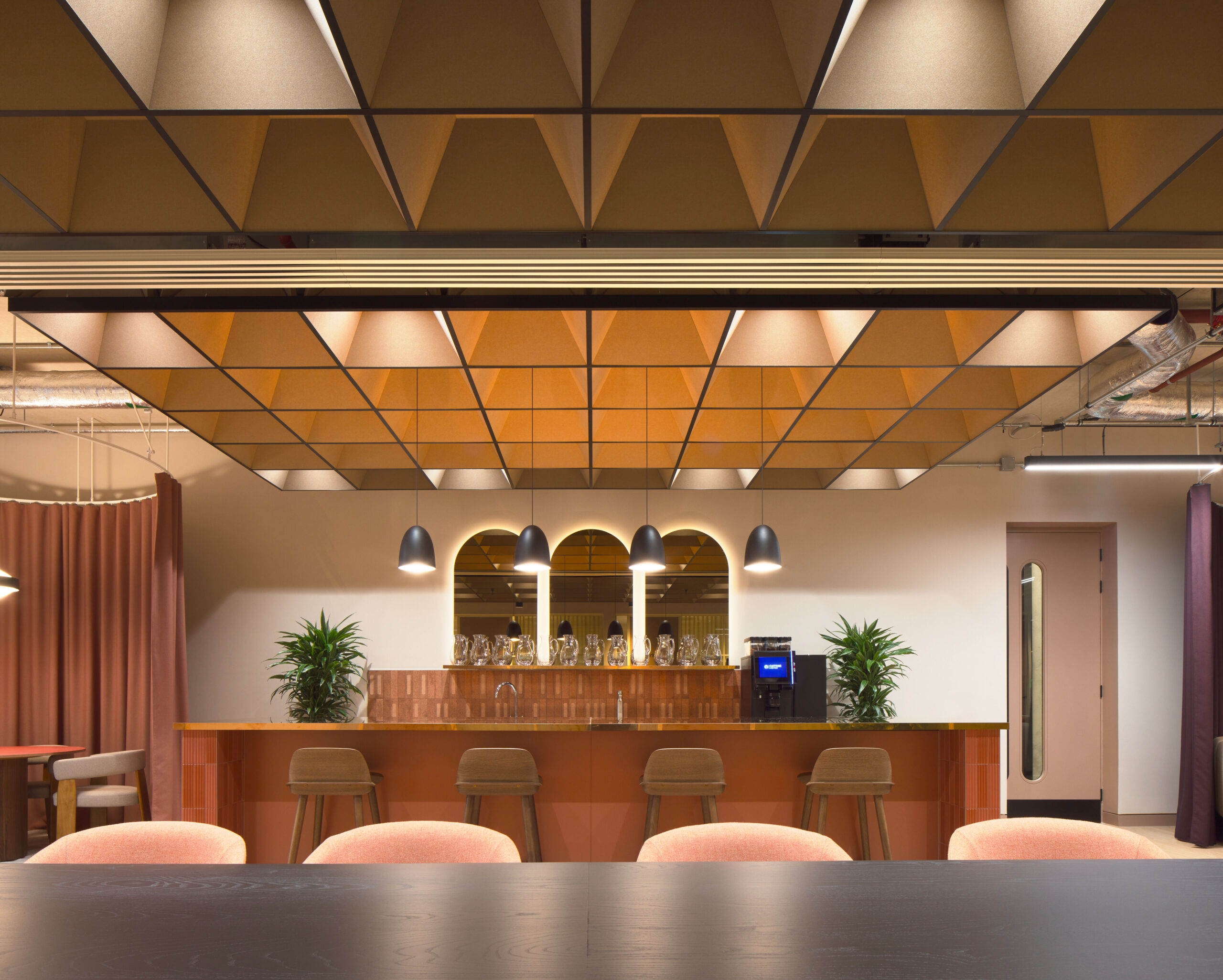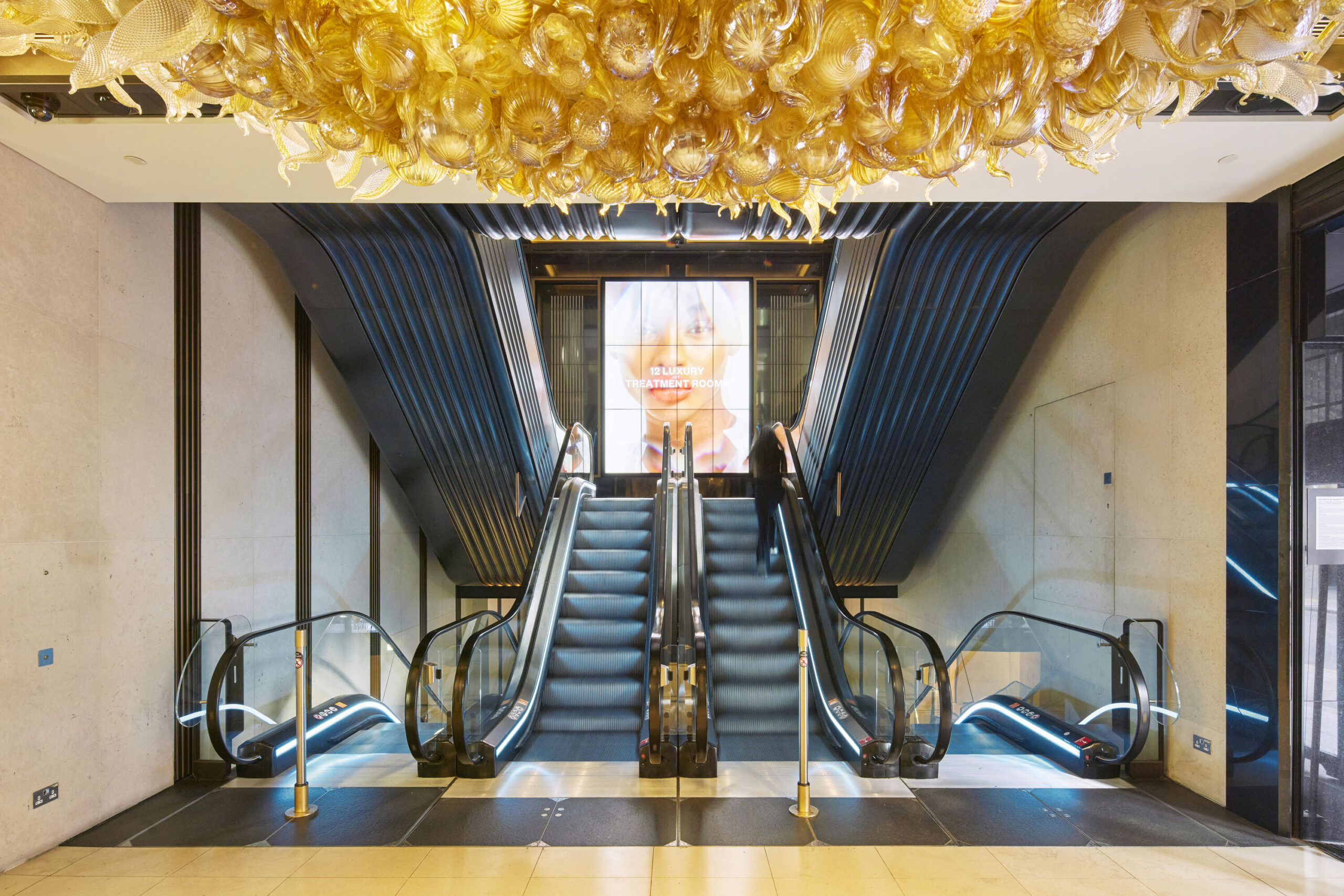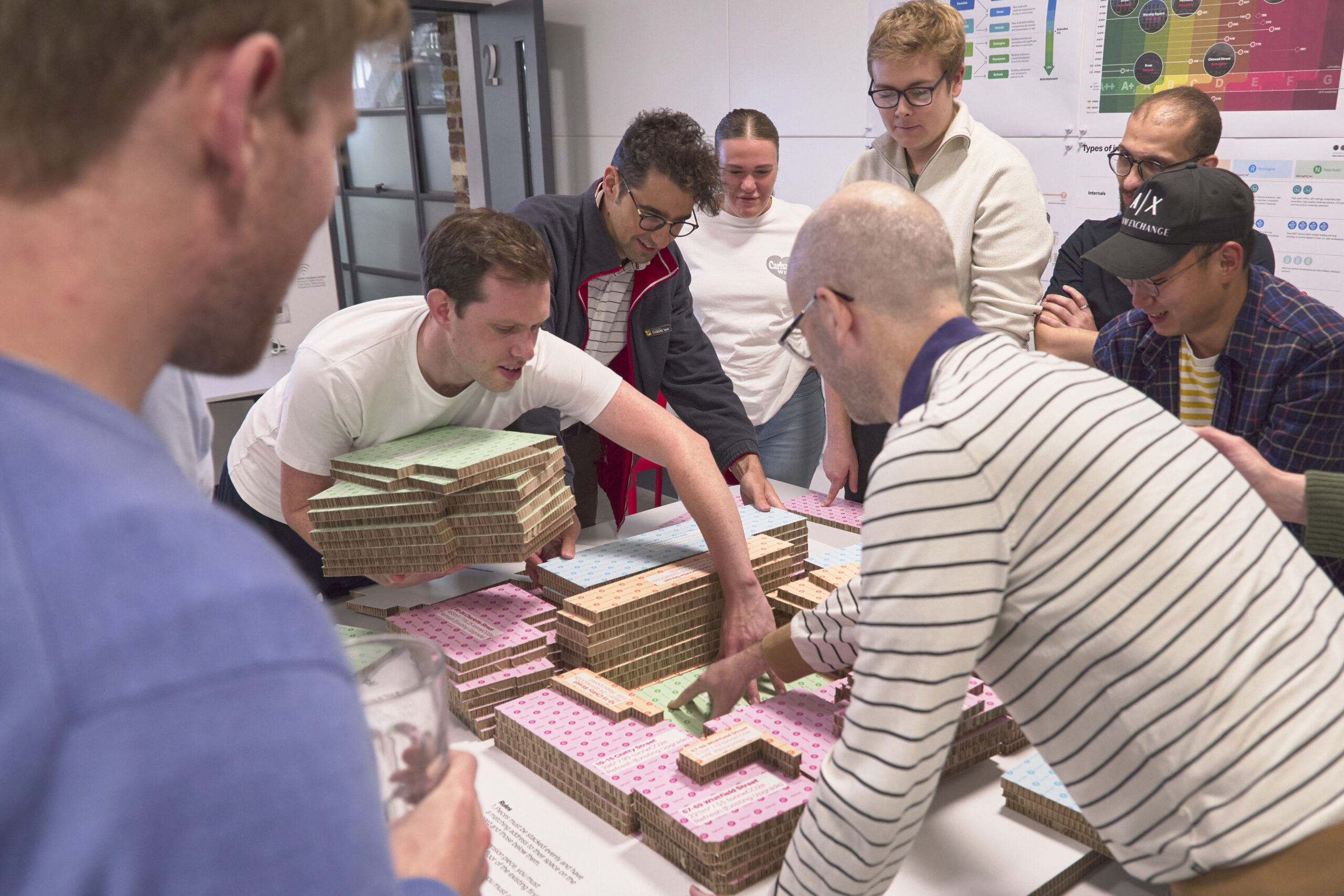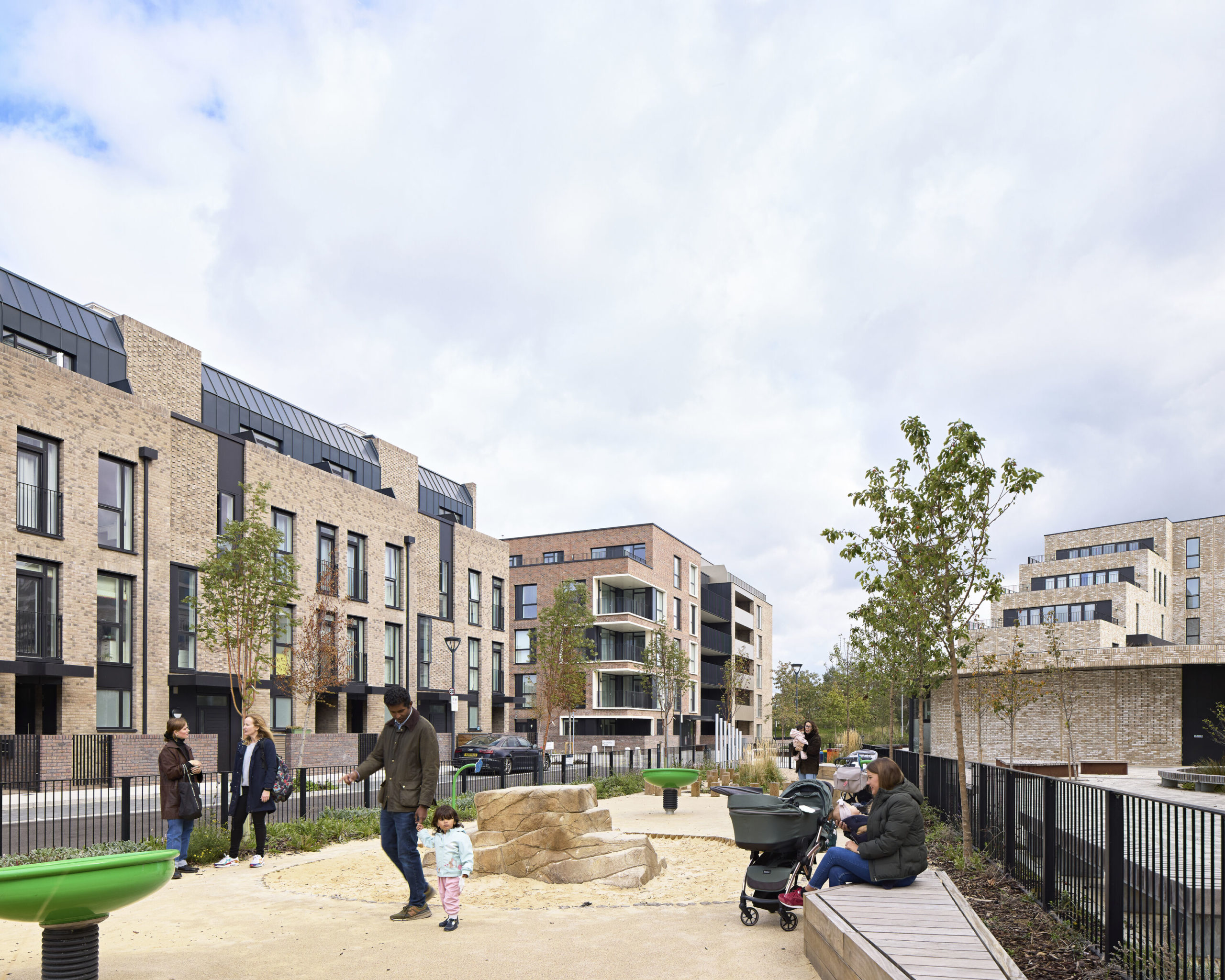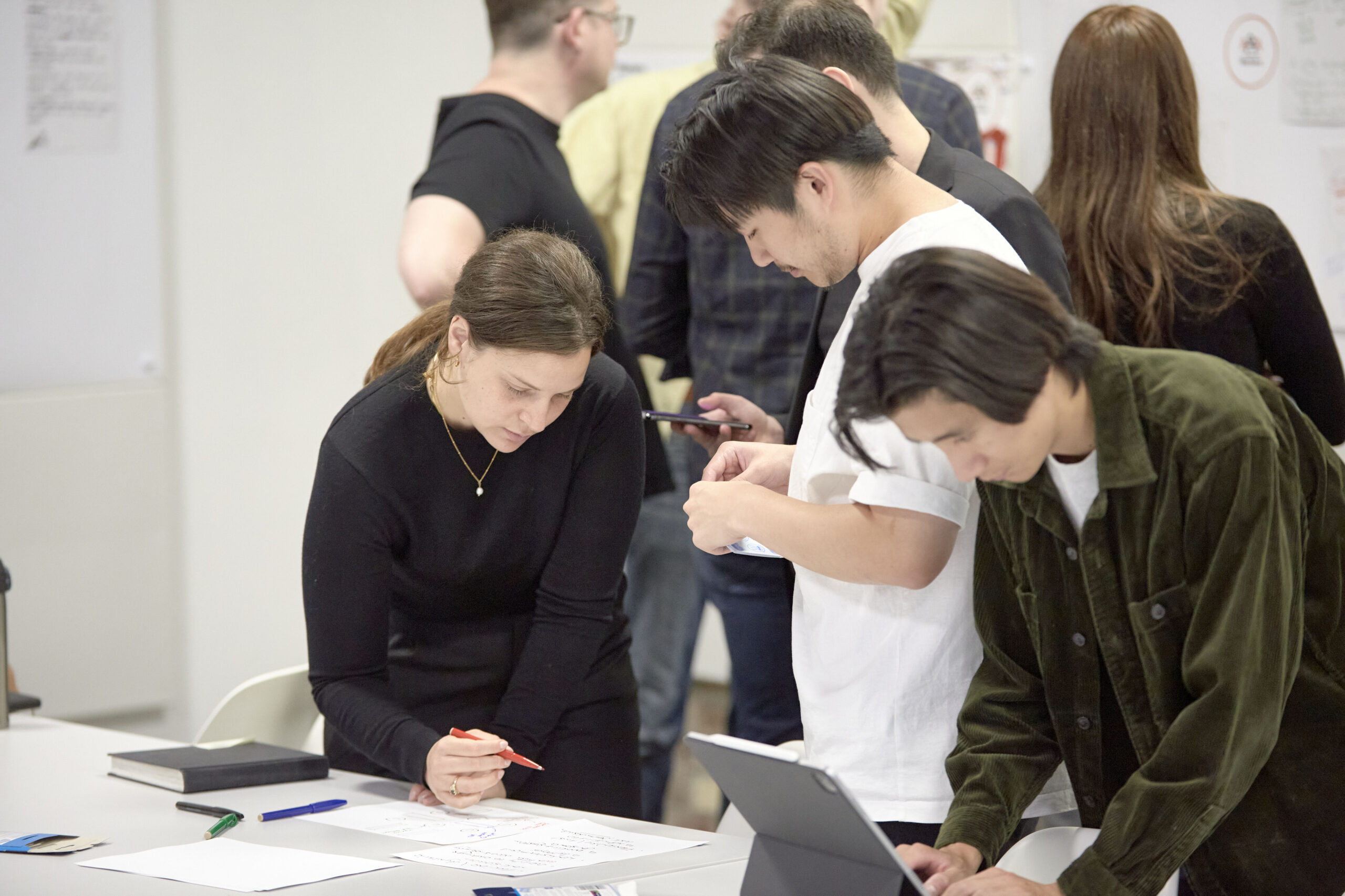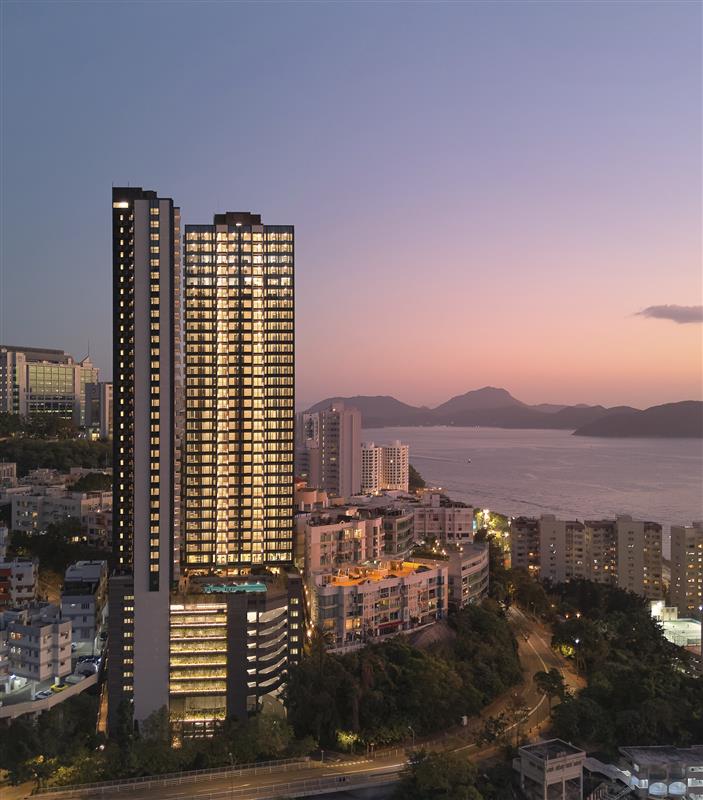Saying that, I interpret the original work with modern architectural form by transforming its stones into architectural blocks in my drawing. I also revisit the original and its composition, its spatial quality, its texture as well as its narrative. For example, in my work I accommodate additional spatial sequences both in terms of movement from top to bottom and also in terms of the depth of my drawing. There is a purposefully strong a layered feeling in my drawing with its plants, stones, water and the architectural blocks. Moreover, holes or windows are made out of the blocks in order to increase the sense of depth.
The water flow in my work is intertwined with nature and architecture thus connecting other elements as well as acting as a hidden axis within the drawing. The texture of The Spirit of Mountain is there to give the viewer a sense of decoration while vividly depicting the objects. And although there are no characters in my painting, I added platforms and windows to indicate the vistas and viewing points for narrative purposes that hopefully engage the viewer as part of the story.
Weicheng Ye’s drawing was made using simple pencils and was praised by The Architecture Drawing Prize jury for its delicacy and imaginative play on a contemporary building aesthetic using nature as artistic intervention. The Spirit of Mountain won The Architecture Drawing Prize’s hand-drawn category and is on exhibit at Sir John Soane’s Museum in London until 7 May 2023.





